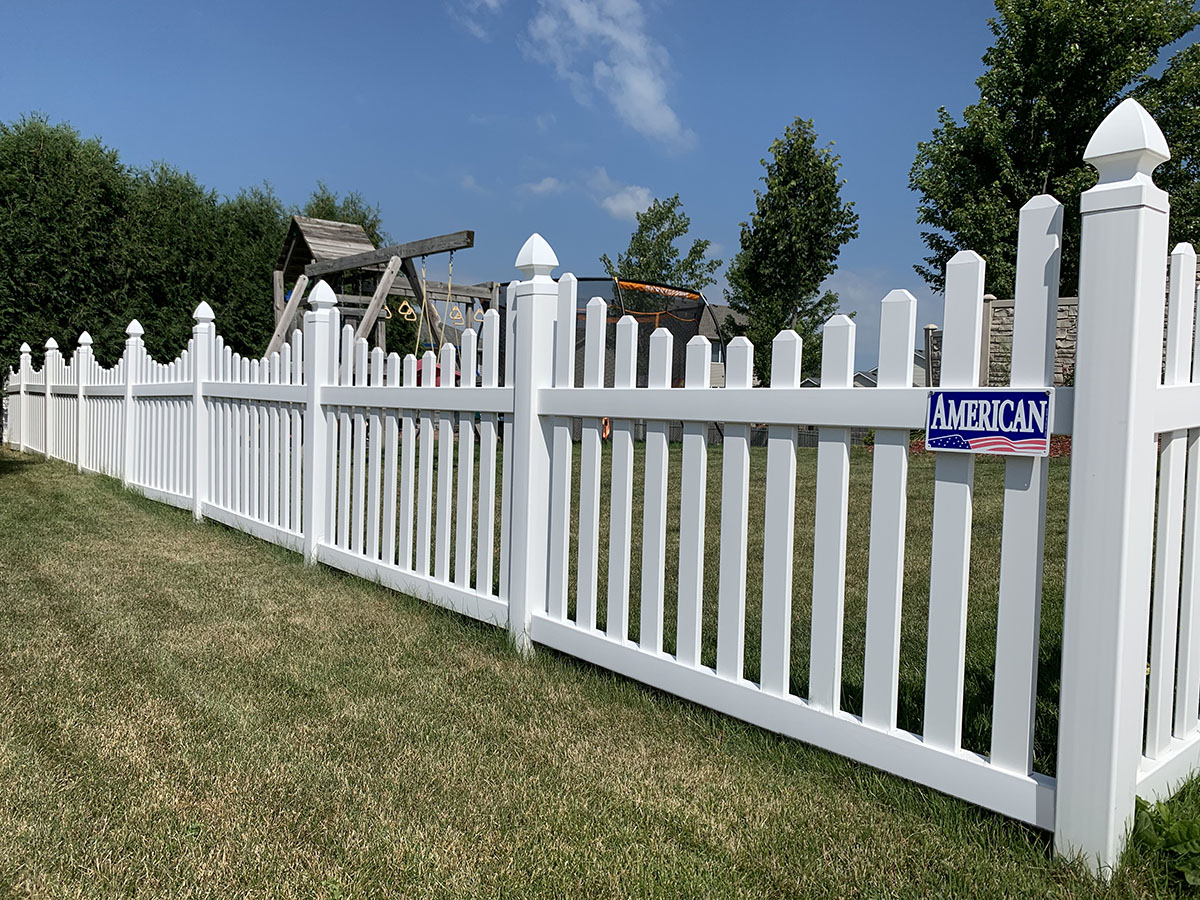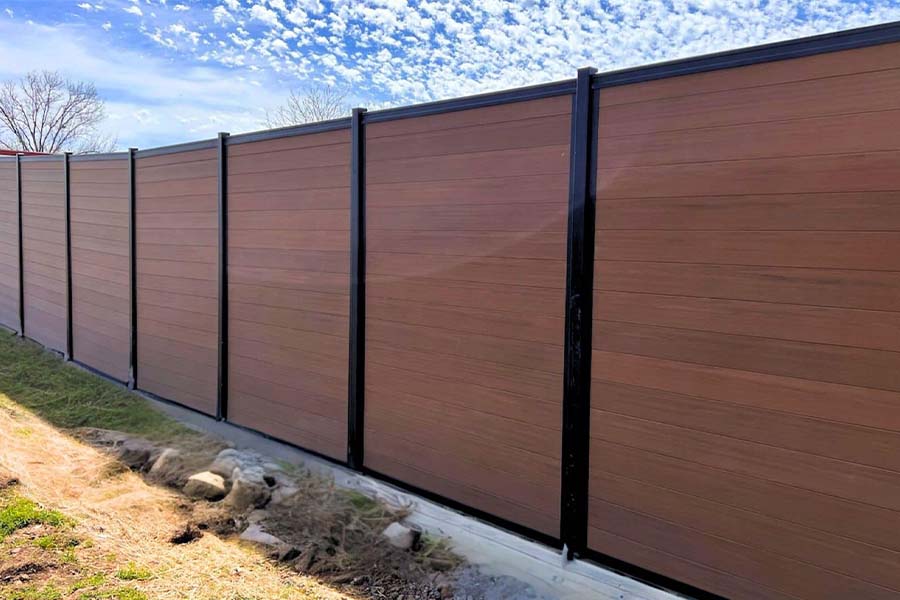All Categories
Featured

Your fence is a vital part of your building, using privacy, curb, and protection charm. Nevertheless, it is frequently revealed to the aspects, and with time, weather-related damages can take its toll. Whether it's the extreme sun, strong winds, hefty rainfall, or freezing temperatures, the weather condition can create damage, warping, deteriorating, and fading. There are numerous techniques you can implement to safeguard your fence and prolong its life.
- Pick the Right Product. The primary step in securing your fence from weather-related damage is to select the best material for your environment. Some products are much more resistant to the elements than others.
Wood Fencings: While conventional wooden fencings offer an all-natural, attractive look, they are specifically at risk to water rot, pest, and damages invasion. Such as cedar or redwood if you choose wood, select pressure-treated lumber or wood types that are much more immune to dampness. Plastic Fences: Vinyl is a low-maintenance option that resists fading, splitting, and warping. It's additionally unsusceptible to rot and parasites, making it perfect for areas with high humidity or exposure to rain. Metal Fencings: Aluminum and wrought iron fences are immune and sturdy to weathering. They can rust if revealed to moisture for extended durations. Choose a powder-coated or galvanized steel fence to minimize the threat of rust. Compound Fences: These are made from a mix of timber fibers and plastic, using the most effective of both globes-- toughness and an all-natural look. Composite fences are immune to moisture, fading, and decomposing, making them excellent for climates with constant rain or snow. 2. Apply Safety Coatings. Regardless of the product, applying a safety finishing can aid safeguard your fencing from weather damages.

Wood Fencings: A good-quality stain or sealant can assist shield your timber fence from moisture, UV rays, and insects. These finishes develop a barrier that stops water from seeping right into the wood and triggering rot. You should use a fresh coat of sealer every pair or tarnish of years, relying on your climate and the level of exposure to rainfall and sunlight. Plastic Fences: Although vinyl fences are usually resistant to weathering, they can still deal with discoloration as a result of the sunlight's UV rays. You can use specialized plastic cleaners or UV protectants to preserve the shade and look of your fencing. Metal Fences: For steel fencings, take into consideration applying a rust-resistant guide and a layer of paint developed for outdoor usage. Powder coating is an additional excellent choice for metal fencings, as it creates a sturdy, weather-resistant finish that resists corrosion and rust. 3. Routine Cleaning and Upkeep. Preserving your fencing consistently is necessary to avoiding damages from the aspects. Dirt, leaves, and other particles can accumulate on your fencing, which can create staining, mold and mildew, and mildew over time.
Wood Fencings: Tidy your wooden fence every six months with a mild detergent remedy or a stress washer (on a reduced setup) to get rid of dirt and gunk. Keep an eye out for very early indications of rot, especially at the base of the fencing posts where wetness has a tendency to gather. Vinyl Fencings: Plastic fencings are very easy to clean with soap and water. If you discover mold and mildew or mold, make use of a mixture of vinegar and water to gently scrub the affected locations. Avoid severe chemicals that could damage the surface area. Steel Fences: Frequently clean metal fences with a soft cloth or sponge to eliminate rust-causing debris. For functioned iron fencings, think about applying a rust-inhibiting product to avoid deterioration. 4. Correct Installment and Positioning. Appropriate installation of your fence can go a long way in safeguarding it from weather-related damage. Make certain that your fence is safely secured which articles are established deep enough into the ground to avoid shifting throughout heavy winds or tornados. Mounting supporting at vital factors can provide extra assistance. if your fencing is subject to hefty winds.
In addition, consider the positioning of your fencing. Plant hedges or trees strategically around your fence to provide some all-natural protection from rough winds, intense sunshine, or driving rainfall if feasible. Nevertheless, be careful not to plant too near to the fencing, as roots can harm or change articles over time.
- Address Tornado Damage Promptly. Storms, specifically those with high winds or hailstorm, can create immediate damages to your fencing. After a storm, examine your fence for busted areas, leaning posts, or fallen debris. Attending to damages rapidly can protect against further problems down the line. If you see minor damages, such as little splits or loosened panels, repair them right now to stop water from seeping in and causing extra substantial damage.
- Winterize Your Fencing. Cold temperature levels and ice can be especially damaging to wooden fences. To avoid this, make sure that the base of your fence articles is raised and not resting in pooled water.
Verdict. Weather-related damage is an inevitable part of owning a fence, but with the best safety measures and routine upkeep, you can significantly extend the life of your fence. Select sturdy materials fit for your climate, apply safety coatings, tidy frequently, and guarantee correct installation. With these actions, you can safeguard your fence from the elements and preserve its appearance and performance for years to find.
Latest Posts
The Washroom Upgrade Every Detroit Home Is Entitled To
Published Apr 30, 25
1 min read
Check Out Trusted Vehicle Service exclusively at Car-X – Quality Service Awaits
Published Apr 30, 25
1 min read
Why Wood Fencing from Washington Fencing
Published Apr 30, 25
1 min read